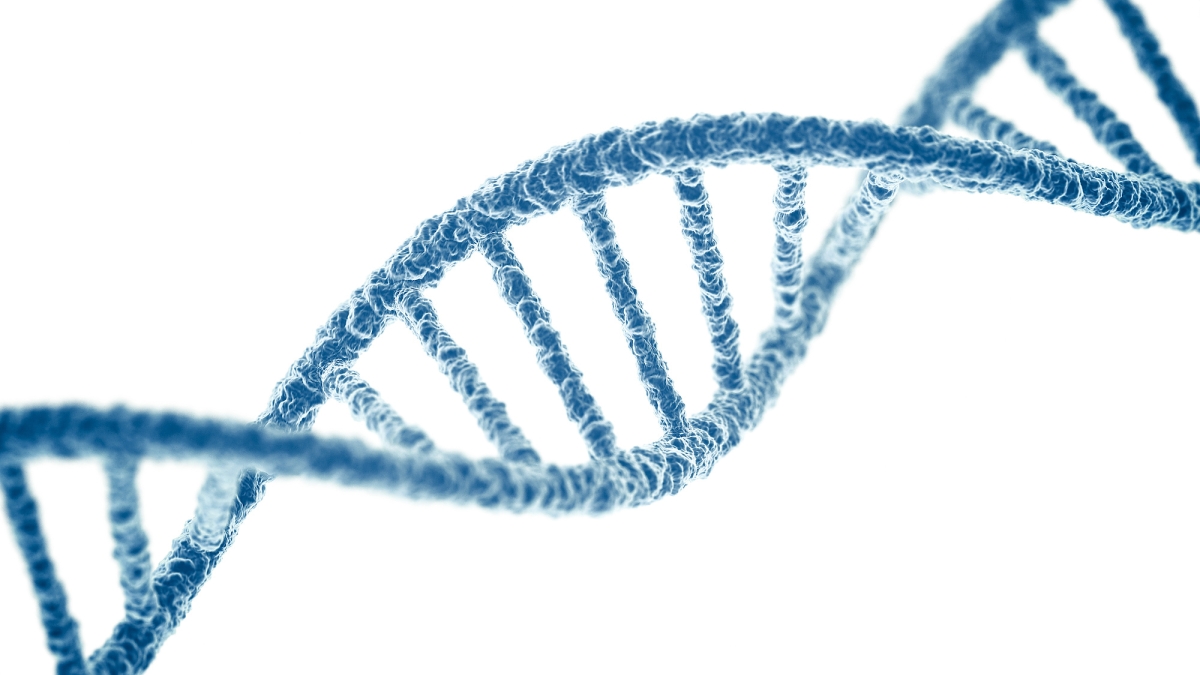At-home DNA test kits are exploding in popularity. So much so that experts expect more than 100 million people’s DNA will be part of commercial databases by the end of 2020. DNA data can reveal so much: a person’s hair color, susceptibility to disease, life expectancy, connections to ancestors and more.
To better understand DNA — and what this trove of information means for medicine, criminal justice and cybersecurity — ASU Now partnered with Ask A Biologist, one of the longest-running biology websites dedicated to teaching learners of all ages about the living world.
Video by Ask a Biologist
Glossary of terms
DNA: All of your genes are made of DNA, or deoxyribonucleic acid. DNA lives in the nucleus of your cells, and it is an instruction manual that tells your body how to develop and how to work.
RNA: Ribonucleic acid, or RNA, partners with DNA and works as a messenger to share DNA instructions with cells in your body.
Genetic: Having to do with how genes are passed down from parent to offspring.
Genome: A genome is all the genetic information of a living thing.
Nucleus: Where DNA stays in the cell; plural is nuclei.
Organism: A living thing that can be small like bacteria or large like an elephant.
CRISPR: Stands for Clustered Regularly Interspaced Short Palindromic Repeats. CRISPR is a gene editing tool that can remove or replace sections of a DNA strand.
Cas9: An enzyme used in CRISPR gene editing. The enzyme acts like a pair of scissors, slicing DNA.
>>LEARN MORE: Go even more in-depth with the Ask A Biologist tutorial on gene editing and CRISPR.
More stories in this series
- The future of DNA is unfolding now
- DNA enters legal maze with potential to solve — and create — privacy problems
- How criminal justice is evolving with DNA
- Proofreading the book of life: Gene editing made safer
- Anthropology meets genetics to tell our collective story
Top image: 3D rendering of a DNA double helix courtesy of Getty Images/iStockphoto
More Science and technology

4 ASU researchers named senior members of the National Academy of Inventors
The National Academy of Inventors recently named four Arizona State University researchers as senior members to the prestigious organization.Professor Qiang Chen and associate professors Matthew…

Transforming Arizona’s highways for a smoother drive
Imagine you’re driving down a smooth stretch of road. Your tires have firm traction. There are no potholes you need to swerve to avoid. Your suspension feels responsive. You’re relaxed and focused on…

The Sun Devil who revolutionized kitty litter
If you have a cat, there’s a good chance you’re benefiting from the work of an Arizona State University alumna. In honor of Women's History Month, we're sharing her story.A pioneering chemist…


